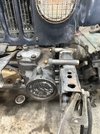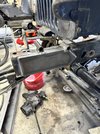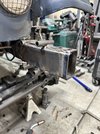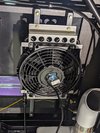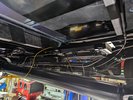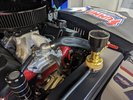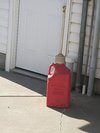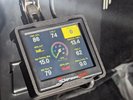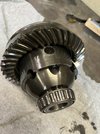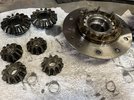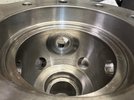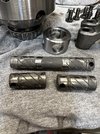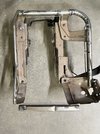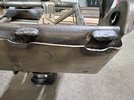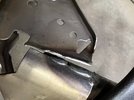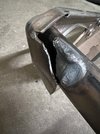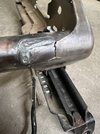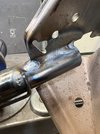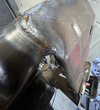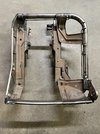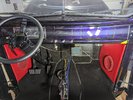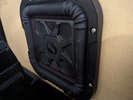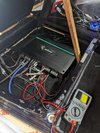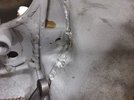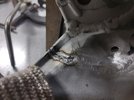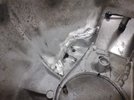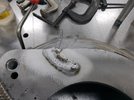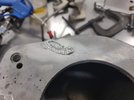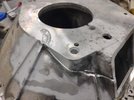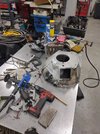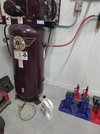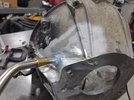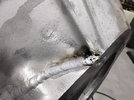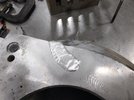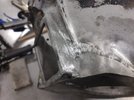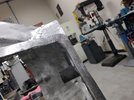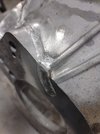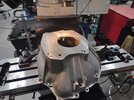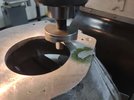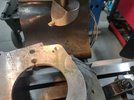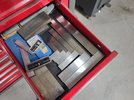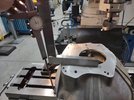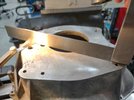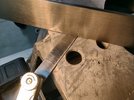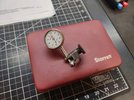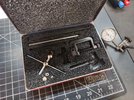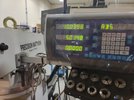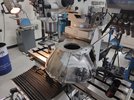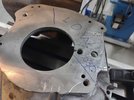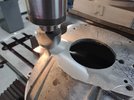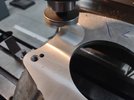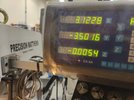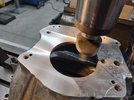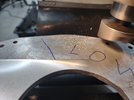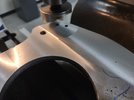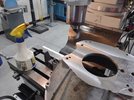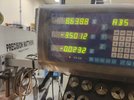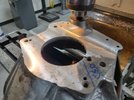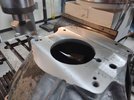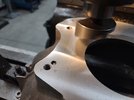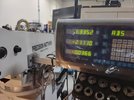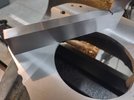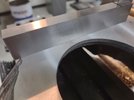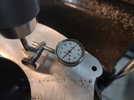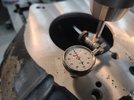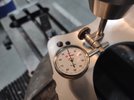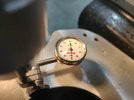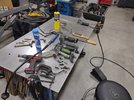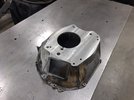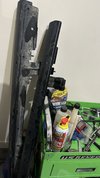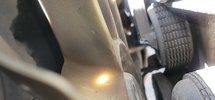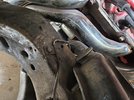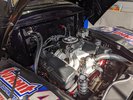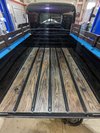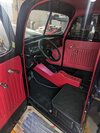I've been away from the forum for a bit as life has gotten busy. Last year I promised way too much side work out and my list got out of hand, so I had to put a stop to adding to the list until I got caught up.
To add insult to injury, I have a bunch of personal projects that I am trying to address this spring such as the coach needing new tires and some routine maintenance before our RV'ing season begins. In addition to all that, I decided to attack the house's attached garage. When we first moved in 7 years ago the plan was to get the shop built, set up and moved in before finishing the unfinished attached garage. Life got away from me and it has now been 7 years and I still don't have a finished garage. My nephew quit his job to pursue his own dream of being a general contractor so I figured I would have him do the finishing work on the garage but that took a couple weeks of me getting it ready to him. I had some electrcial outlets I wanted to add plus some networking conduit from the house to the shop's connection and then reinforcing the landing and closing in a small area all before he could begin mudding and finish work.
That is well on its way now so I figured I would knock out a quick repair job over the weekend.
A client brought me a bell housing from an early 80's Jeep J20 project that he and his son are working on. The bell housing had a crack in it that needed to be welded.
Thought I'd post up some rather lengthy posts pertaining to the Jeep J20 bellhousing repair that I did over the weekend and how I usually go about such a repair.
Turned out to be a pretty easy welding job, but quickly changed into a more in-depth repair after the welding was completed.
Starting with a dip in the solvent tank.
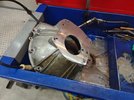
Once the grease and grime were removed it was evident that this bellhousing had been repaired at least twice before, or once but in two different locations. After I sent some pictures to the owner and a phone call requesting permission to proceed with no guarantee (but high confidence), I was given the go ahead to perform the repair.
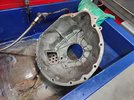
One of the previous welds and the current crack.
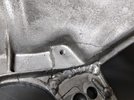
Tools at the ready and glad I decided to use my die and penetrant to determine the end of the crack as it was well up into the transmission mating surface and about an inch further than originally thought. Also put the bell housing in the media blasting cabinet to clean the area immediately around where the repair will be performed.
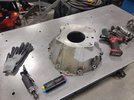
Stop drilled a hole at the end of the crack.
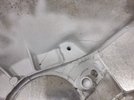
Inside was V'd out using a rotary bit coated with tube wax.
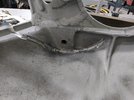
Then a thorough cleaning with acetone and wire brush. If you look closely, you can also see the slight discoloration from the acetone noting some heat would be required to bake the area clean.
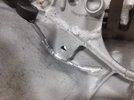
I've been using 4943 TIG rod for the past couple of years now and have really come to like this rod. Stronger than standard 4043 yet with a bit more silicone so it wets out nicely and flows well, actually a bit better than 5356 on cast.
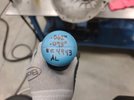
With the welder setup and at the ready I hit the area with a small torch. This not only preheats but also bakes out some of the last bits of residue from the oil/grease and solvent. Cast aluminum is dirty enough by nature but this at least aids in removing as much as the exterior contaminants as possible.
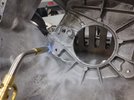
I shoot for around 250-350 degree to cook as much crap out as possible and preheat the parts, mainly in the thicker areas.
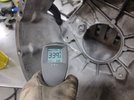
Stay tuned for more.
